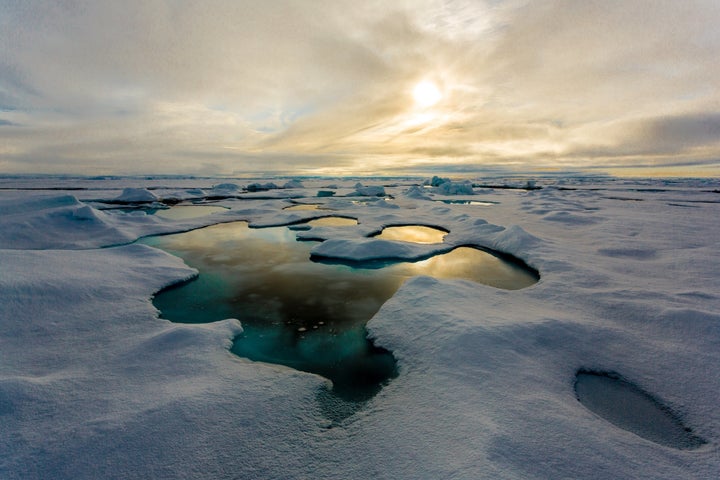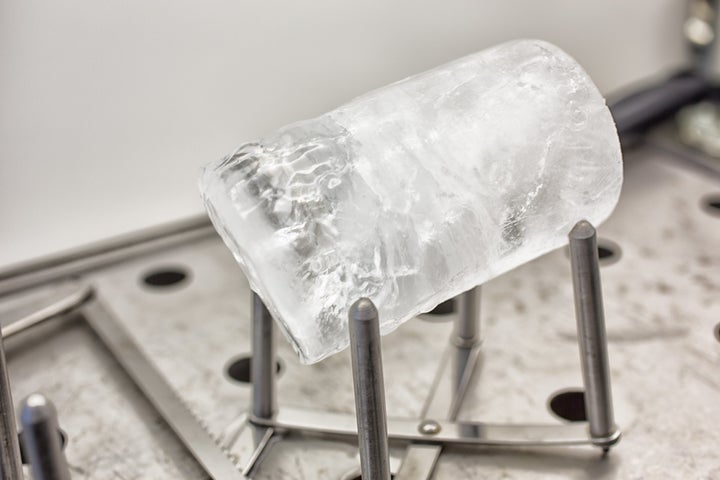Particles known as “microplastics” have been found in record levels in the Arctic sea ice, raising concerns about the potential harm it could have on both marine life and humans.
Samples from five regions of the Arctic Ocean found that there were up to 12,000 of the plastic particles per litre of sea ice.
These tiny particles of plastic come from a range of sources including polyethylene, paints, nylon, polyester and cellulose acetate which is most commonly found in cigarette filters.

The research was carried out by Germany’s Alfred Wegener Institute, Helmholtz Centre for Polar and Marine Research.
What was perhaps most worrying is that the source of most of this plastic is believed to be from the massive “garbage patch” in the Pacific Ocean. It’s also believed that the high levels of paint and nylon particles are due to increased shipping and fishing in parts of the Arctic Ocean.
Study author Dr Ilka Peeken said: “These findings suggest that both the expanding shipping and fishing activities in the Arctic are leaving their mark.
“The high microplastic concentrations in the sea ice can thus not only be attributed to sources to sources outside the Arctic Ocean. Instead they point to local pollution in the Arctic.”
The scientists also warned that the majority of the particles they discovered were microscopically small, meaning they could easily be taken up by single-celled organisms and tiny crustaceans.
Dr Peeken said: “No-one can say for certain how harmful these tiny plastic particles are for marine life, or ultimately also for human beings.”

Microplastics are particles, fibres or fragments which range in size from just a few thousandths of a millimetre to under five millimetres.
They come from sources including the breakdown of bigger plastic items, putting synthetic clothes through the laundry which are then washed to the sea, or from car tyre friction on roads, creating a dust of the particles.
The scientists used a process to bombard microparticles in the ice samples with infrared light and a mathematical method to analyse the radiation they reflected back to identify what was in the samples.
The process, reported in a study published in the journal Nature Communications, revealed far more microplastics than previous assessments.
Gunnar Gerdts, whose laboratory made the measurements, said: “Using this approach, we also discovered plastic particles that were only 11 micrometres across.
“That’s roughly one-sixth the diameter of a human hair, and also explains why we found concentrations of more than 12,000 particles per litre of sea ice – which is two to three times higher than what we’d found in past measurements.”
They study revealed that, with its process of freezing and melting sea ice, the Arctic is an important in storing and transporting the plastic particles, as well as being a local source of the problem.
The scientists said they could not yet say whether the particles released from melting sea ice stayed in the Arctic, although it seems likely the plastic litter begins sinking into deeper waters fairly quickly, as they are often colonised by algae and bacteria which make them heavier and sink faster.